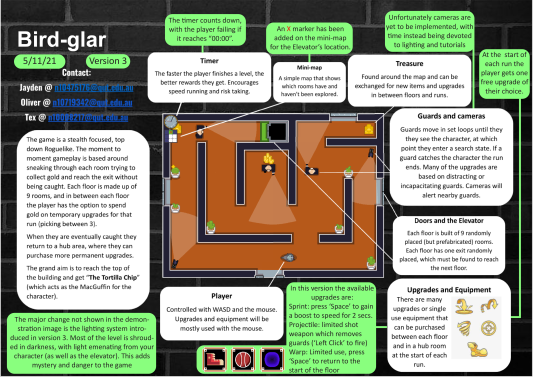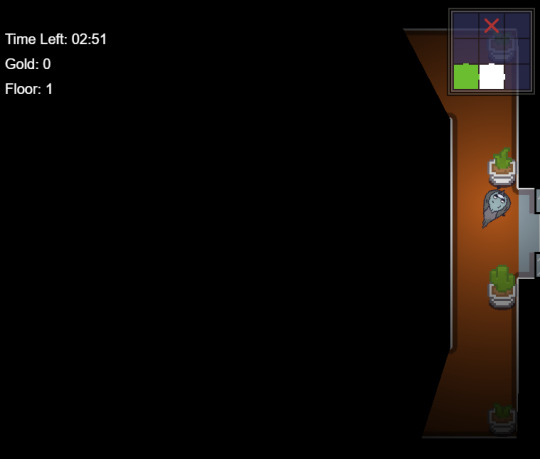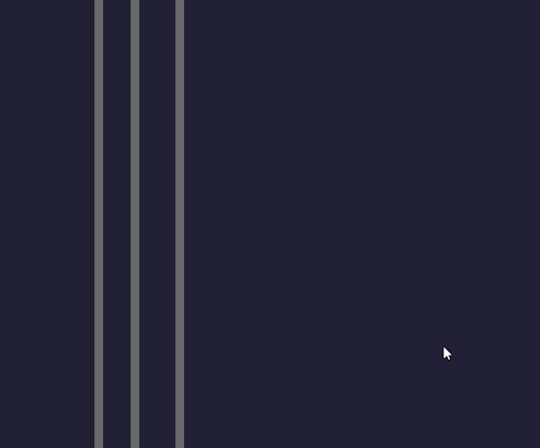#TestingLevels
Explore tagged Tumblr posts
Text

Which testing level focuses on the overall system rather than individual components?
A. Unit testing B. Integration testing C. System testing D. Acceptance testing
#Software#SoftwareTestingQuiz#followme#followforfollow#instadaily#follow4follow#like4like#letsconnect#amigowayspoll#amigoways#SoftwareTestingPoll#SoftwareTestingInsights#QualityAssurance#TestingStrategies#SystemTesting#IntegrationVsUnit#QACommunity#AcceptanceTesting#TestingLevels#TechKnowHow#ContinuousImprovement
0 notes
Link
Check out what are the software testing levels and their usage - W3Softech
0 notes
Video
instagram
Podcast fun and testing the levels 🎧🎤🐔🐔🐔#foraging #podcastlife #testinglevels #healingisinyourhands #wellnesspodcast #wellnesspod (at Middletown, Connecticut) https://www.instagram.com/p/Bo4bo0SASdC/?utm_source=ig_tumblr_share&igshid=ccfo6atd7s5q
0 notes
Text
Bird-Gular Post-Mortem

(The final version of the one page design document for Bird-Gular)
This project was an excellent opportunity to experience other peoples approaches to design and problem solving. I never would have designed this game on my own, so much of it is built on interesting concepts and ways of thinking that were provided by my team-mates Jayden and Oliver.
It was also an excellent chance to practice iterative design with a large project. The problems raised in playtesting were really interesting to try and solve, and the solutions have significantly impacted the shape of the game.
I personally was focussed on fixing the recurring issue of players being confused as to their goal. Several ideas were thrown around, including an arrow which always points towards the elevator (the players ultimate target on each floor), however, research I have seen shows that when you give a player such a clear and obvious arrow, they never explore. To encourage exploration you need the player to be intrinsically motivated (self motivated), and so I implemented the softer option of a simple mini-map that only shows: your location, where you’ve been, and an ‘X’ over the elevators room. Whilst only a small difference, the map being in the corner rather than on the player, and the fact that it isn’t constantly updating, encourages the player to ignore it until it is needed, whilst not leaving them to be completely confused. Numerous other fixes and additions were made by the team and I.

(The minimap in top-right corner of the screen, green is the players room, white is previously visited rooms, x is the elevator)
If we were developing this prototype again, one thing I’d change is that I would have put less effort into art early on. This is a point brought up in Tracy Fullerton’s “Game Design Workshop”, that there is a risk in creating art for early playtests that it will need to be scrapped. Earlier on I could definitely have spent less time working on the games graphics, and more on the actual gameplay and design. Ultimately this meant that when it got to a time when art was needed I would have had a better idea of scale and feel, and the art may have ended up being more cohesive and clean.

(The upgrades menu elevator between levels)
One thing I would change about the prototype is the debugging tools. The random generation is excellent in game, but it makes level design a bit of a pain to test, and so it would have been wise for us to implement a simple piece of code that goes something like: if global variable “testingLevel” != 0, then set generation to Level “testingLevel”. It is such a quick fix but we never got around to it cause the inconvenience was only small each time, but it added up, and it would definitely add up if we were to start adding dozens of levels.
In conclusion, I am really happy with this project, and really enjoyed working with this team.
0 notes